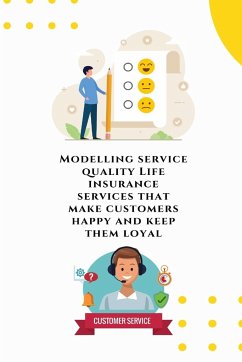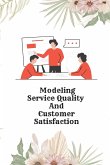Marketers in Life Insurance Services have always been concerned with the Customer Perceived Service Quality and Behavioural Intentions of the customers. The intensified competition has compelled the marketers to be more strategic in acquiring, dealing and keeping customers. In view of significance of selected constructs, present study reveals the level of service quality perceived, sense of satisfaction and loyalty felt by the customers of life insurance providers in India. A relationship model of the all the selected behavioural constructs is also purposed and tested with high reliability. A comprehensive analysis of available literature review laid the foundation of the study, initially. Later, first hand data was accessed from the randomly selected respondents from representative population of residents of Delhi and Haryana (NCR) who has taken life risks coverages from any of the life insurance service providers. The data analyzed, portrays agreeable/ good level of Service Quality perceived by the customer. Core Services provided to customers comes out as the top rated dimension of service quality, followed by Human Elements and Process of Service Delivery, Social Responsibility and lastly, Physical Evidence. The customers of life insurance services are also found satisfied and loyal with the service providers. Further, the structural equation established for selected variables confirms significant relationships among them. The model developed portrays a significant influence of service quality on customer satisfaction. One unit change in Service Quality leads to 0.61 units change in Customer Satisfaction and 0.57 unit change in Customer Loyalty. On the other hand, change of 0.23 unit in customer loyalty is derived from change in unit of customer satisfaction. The marketers were suggested according to the service delivery gaps and probable aspects to improve satisfaction and loyalty among customers. Established relationship model of service quality, customer satisfaction and loyalty may help in further researches on gap areas identified.








